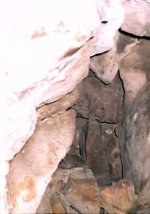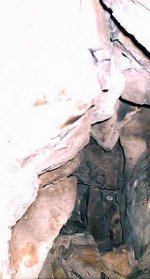J
Jacko
Guest
Hey Buchram
? ?I am new and everyone says you have an answer. Is this Aztec Or inca?? Prince or Princess?
? ? ? ? ? ? ? Jacko
? ?I am new and everyone says you have an answer. Is this Aztec Or inca?? Prince or Princess?
? ? ? ? ? ? ? Jacko







